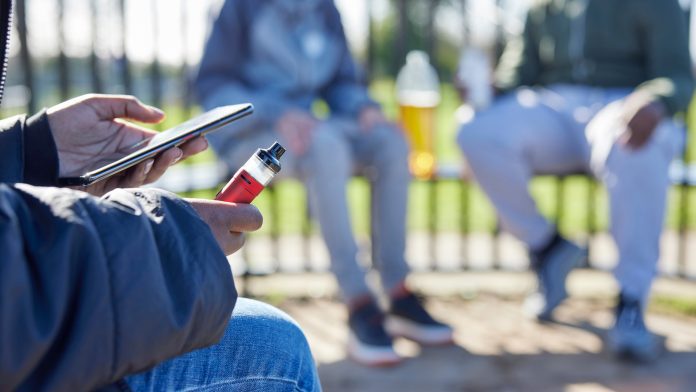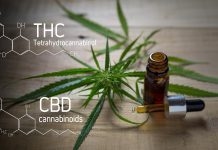
Vaping cannabis in adolescents is quickly becoming the most popular method of cannabis intake in the United States.
New research at Columbia University Mailman School of Public Health revealed surprising data about the current state of vaping cannabis amongst US adolescents. Researchers found that vaping cannabis frequency in adolescents from all demographics is reported six or more times per month, rising faster than occasional use.
“Heavy and frequent use of cannabis is increasing among US adolescents, and vaped systems for products for both cannabis and nicotine are growing in number, so understanding the prevalence and patterns of frequent cannabis vaping is important public health information for prevention,” said Katherine Keyes, PhD, professor of epidemiology at Columbia Mailman School. “Given rising concerns about cannabis vaping in terms of safety and potential for transition to cannabis use disorder, especially at frequent levels of use, these results indicate a necessity for public health intervention and increased regulation.”
The full study is in the Journal of Addiction.
Monitoring the frequency of vaping cannabis
The hypothesis was based on the US-based representative annual survey, Monitoring the Future, which included a population of 51,052 school-attending adolescents. The schools were randomly selected and invited to participate for two years.
Past 30-day frequency of vaping cannabis increased from 2.1% to 5.4%; occasional vaping use saw a rise from 1.2% to 3.5% between 2017 and 2019. However, past 30-day frequency and occasional cannabis use without vaping declined.
The researchers found increased rates of vaping cannabis in certain groups, such as Hispanic/Latino or lower socioeconomic status adolescents. Within the Hispanic/Latino group, vaping cannabis increased from 2.2% to 6.7% from 2017 to 2019.
Binge drinking linked to frequent cannabis use
Data illuminated a strong link between binge drinking, tobacco use and e-cigarettes and frequent cannabis use (vaping and non-vaping methods). The evidence suggests that adolescents using nicotine products, especially in a vape form, are more likely to vape cannabis.
Adolescents who reported smoking and vaping nicotine on more than ten occasions of binge drinking were 42 times and 10 times more likely to report vaping cannabis in the past 30 days, compared to non-use.
The frequency of vaping cannabis increased across grades. High school seniors’ rates increased from 5% in 2017 to 14% in 2019.
“This persisting prevalence of daily cannabis use, which in 2020 use was higher than any year since 1981, is of further alarm for several reasons,” observed Keyes. “Heavy levels of cannabis use are associated with adverse cognitive and social outcomes for youth, as well as long-term trajectories of drug use that may have adverse health and other consequences.”
“In addition, of note, is the evidence that the increases we are seeing in vaping as compared with smoking are concentrated among non-Hispanic white and higher socioeconomic status adolescents, the latter possibly reflecting the higher price point for vaping devices compared with other administration methods, “noted Keyes.
“As cannabis legalisation continues across US states, and as products, delivery systems, potency and marketing proliferate within a for-profit industry, increased attention to youth trends, including investment in sustained and evidence-based prevention and intervention, is increasingly urgent.”









